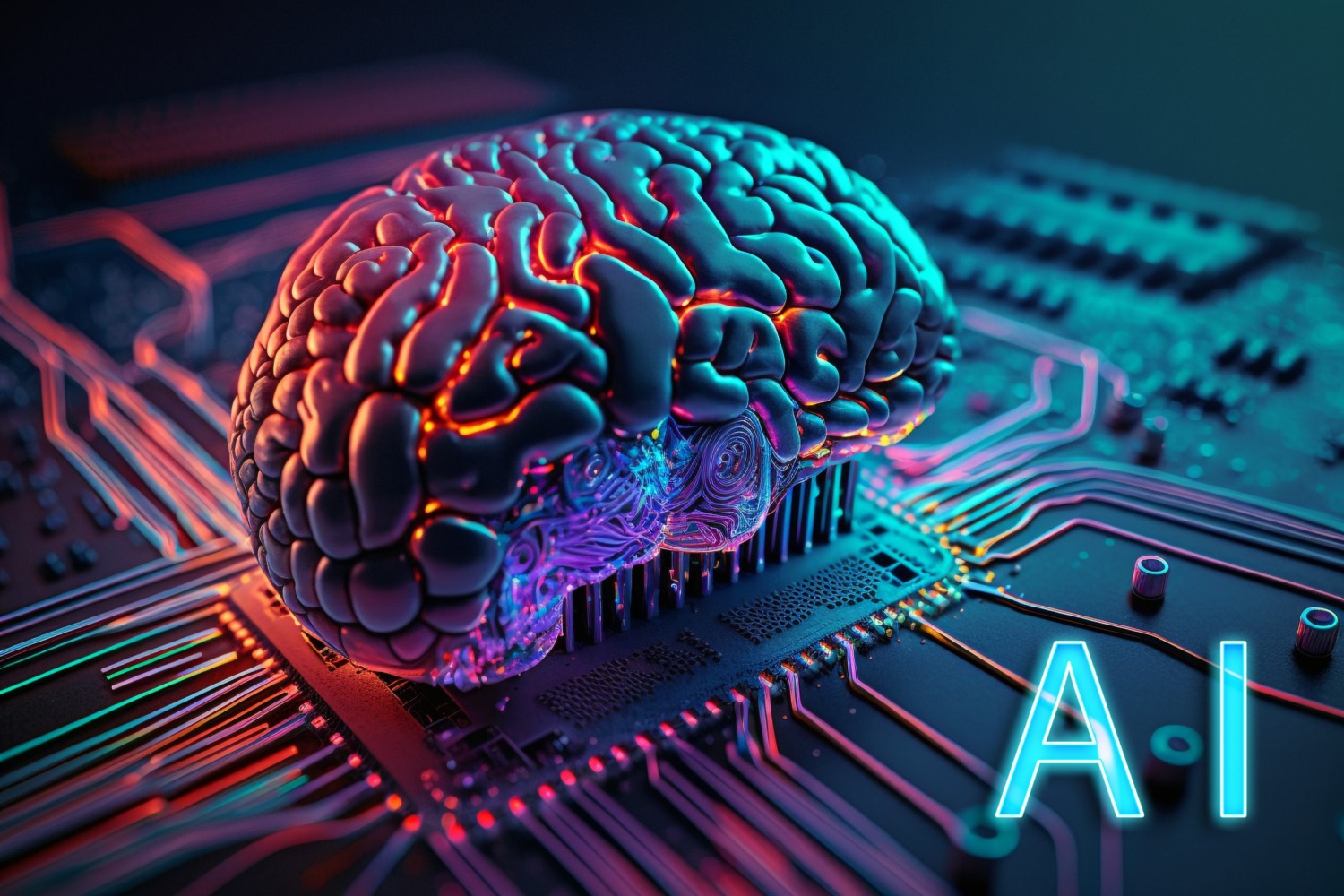Artificial intelligence (AI) makes it possible for machines to learn from experience, adjust to new inputs and perform human-like tasks. Most AI examples that you hear about today – from chess-playing computers to self-driving cars – rely heavily on deep learning and natural language processing. Using these technologies, computers can be trained to accomplish specific tasks by processing large amounts of data and recognizing patterns in the data.
The term artificial intelligence was coined in 1956, but AI has become more popular today thanks to increased data volumes, advanced algorithms, and improvements in computing power and storage.
Early AI research in the 1950s explored topics like problem solving and symbolic methods. In the 1960s, the US Department of Defense took interest in this type of work and began training computers to mimic basic human reasoning. For example, the Defense Advanced Research Projects Agency (DARPA) completed street mapping projects in the 1970s. And DARPA produced intelligent personal assistants in 2003, long before Siri, Alexa or Cortana were household names.
This early work paved the way for the automation and formal reasoning that we see in computers today, including decision support systems and smart search systems that can be designed to complement and augment human abilities.
While Hollywood movies and science fiction novels depict AI as human-like robots that take over the world, the current evolution of AI technologies isn’t that scary – or quite that smart. Instead, AI has evolved to provide many specific benefits in every industry. Keep reading for modern examples of artificial intelligence.
AI automates repetitive learning and discovery through data. Instead of automating manual tasks, AI performs frequent, high-volume, computerized tasks. And it does so reliably and without fatigue. Of course, humans are still essential to set up the system and ask the right questions.

AI adds intelligence to existing products. Many products you already use will be improved with AI capabilities, much like Siri was added as a feature to a new generation of Apple products. Automation, conversational platforms, bots and smart machines can be combined with large amounts of data to improve many technologies. Upgrades at home and in the workplace, range from security intelligence and smart cams to investment analysis.
AI adapts through progressive learning algorithms to let the data do the programming. AI finds structure and regularities in data so that algorithms can acquire skills. Just as an algorithm can teach itself to play chess, it can teach itself what product to recommend next online. And the models adapt when given new data.
AI analyzes more and deeper data using neural networks that have many hidden layers. Building a fraud detection system with five hidden layers used to be impossible. All that has changed with incredible computer power and big data. You need lots of data to train deep learning models because they learn directly from the data.
AI achieves incredible accuracy through deep neural networks. For example, your interactions with Alexa and Google are all based on deep learning. And these products keep getting more accurate the more you use them. In the medical field, AI techniques from deep learning and object recognition can now be used to pinpoint cancer on medical images with improved accuracy.
AI gets the most out of data. When algorithms are self-learning, the data itself is an asset. The answers are in the data – you just have to apply AI to find them. Since the role of the data is now more important than ever, it can create a competitive advantage. If you have the best data in a competitive industry, even if everyone is applying similar techniques, the best data will win. But using that data to innovate responsibly requires trustworthy AI. And that means your AI systems should be ethical, equitable and sustainable.
Additionally, several technologies enable and support AI:
Computer vision relies on pattern recognition and deep learning to recognize what’s in a picture or video. When machines can process, analyze and understand images, they can capture images or videos in real time and interpret their surroundings.
Natural language processing (NLP) is the ability of computers to analyze, understand and generate human language, including speech. The next stage of NLP is natural language interaction, which allows humans to communicate with computers using normal, everyday language to perform tasks.
Graphical processing units are key to AI because they provide the heavy compute power that’s required for iterative processing. Training neural networks requires big data plus compute power.
The Internet of Things generates massive amounts of data from connected devices, most of it unanalyzed. Automating models with AI will allow us to use more of it.
Advanced algorithms are being developed and combined in new ways to analyze more data faster and at multiple levels. This intelligent processing is key to identifying and predicting rare events, understanding complex systems and optimizing unique scenarios.
APIs, or application programming interfaces, are portable packages of code that make it possible to add AI functionality to existing products and software packages. They can add image recognition capabilities to home security systems and Q&A capabilities that describe data, create captions and headlines, or call out interesting patterns and insights in data.
In summary, the goal of AI is to provide software that can reason on input and explain on output. AI will provide human-like interactions with software and offer decision support for specific tasks, but it’s not a replacement for humans – and won’t be anytime soon.


